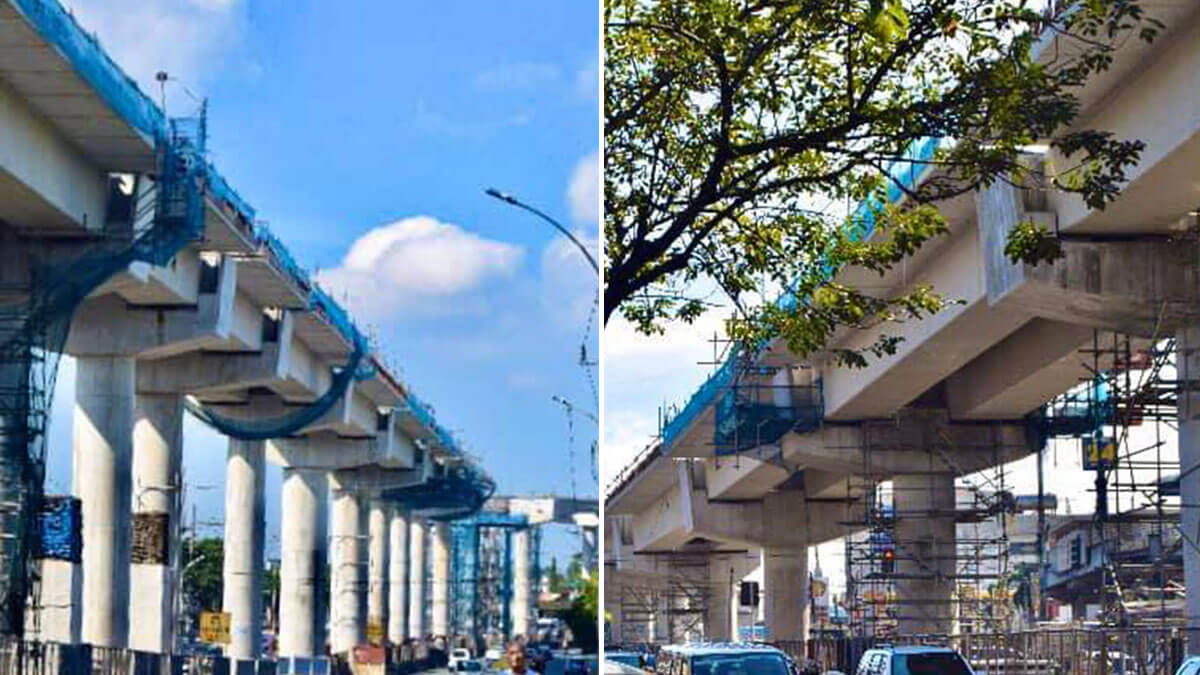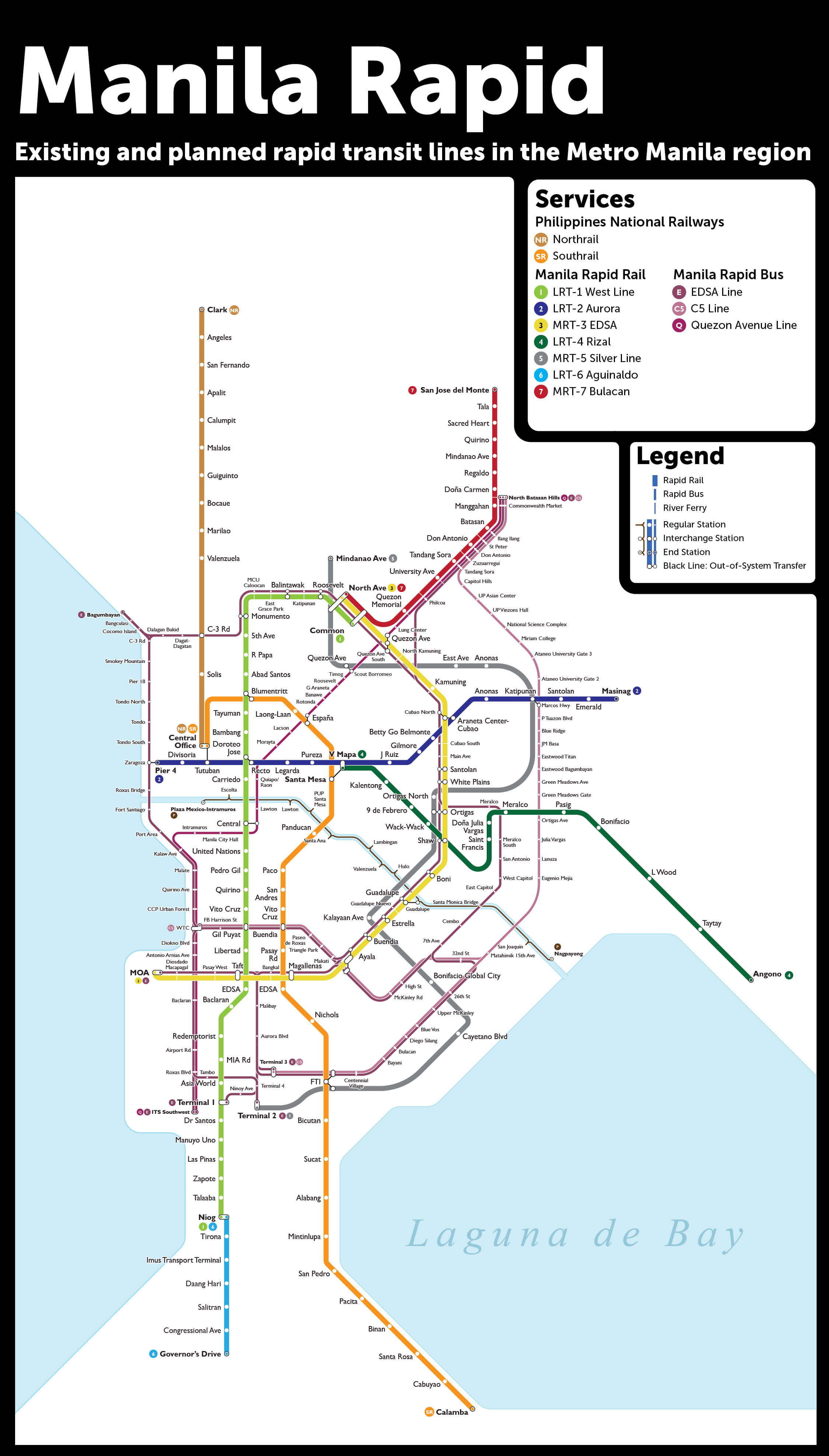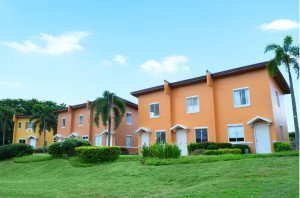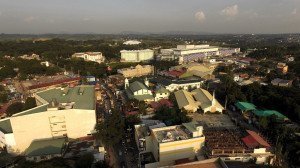People have developed new methods of providing a more efficient route of transportation over time. In the current day, Asian countries such as the Philippines, Singapore, and Taiwan rely on LRT and MRT as forms of transit.
Rail transportation in the Philippines is now mostly utilized to carry passengers from Metro Manila to surrounding regions for faster transportation. Rail transportation has been in the Philippines for more than a century now. It all began under the reign of King Alfonso XII of Spain, when he issued a Royal Decree instructing the Inspector of Public Works of the Philippines to submit a comprehensive plan for railroads on the island of Luzon.

Photo source: topgear.com
When the Americans took over the Philippines, the Philippine Commission enabled the Manila Electric Railroad and Light Company (Meralco) to purchase the properties of the Compania de las Tranvias de Filipinas, a steam-powered train. Since then, the country's transportation system has grown progressively modern as the years pass.
The MRT and LRT lines
The Philippine railway network is made up of two commuter lines run by the Philippine National Railways (PNR) and three urban mass transit lines operated by the Light Rail Transit Authority and Metro Rail Transit Corporation, all of which are situated on the island of Luzon. The PNR operated intercity train lines running from Manila both north and south.
The MRT, or Manila Metro Rail Transit, and the LRT, or Manila Light Rail Transit System, are both rail lines in Metro Manila. The sole distinction between the two is the companies that run them and the routes they go. The Metro Rail Transit Organization (MRTC), a private organization made up of seven Filipino-owned enterprises, runs the MRT while the Philippine government currently administers the LRT. The Light Rail Transit Authority (LRTA), which is affiliated with the Department of Transportation (DOTr) and the Light Rail Manila Corporation, operates the LRT.

Photo source: esquire.ph
As of now, the LRT has two routes and 43 stations. List of LRT routes.
LRT 1 stations:
- Baclaran
- Edsa
- Libertad
- Gil Puyat
- Vito Cruz
- Quirino
- Pedro Gil
- United Nation
- Central Terminal
- Carriedo
- Doroteo Jose
- Bambang
- Tayuman
- Blumentritt
- Abad Santos
- R. Papa
- 5th Avenue
- Monumento
- Balintawak
- Roosevelt
LRT 2 Stations
- Recto
- Legarda
- Pureza
- V. Mapa
- J. Ruiz
- Gilmore
- Betty Go-Belmonte
- Araneta-Cubao
- Anonas
- Katipunan
- Santolan
- Marikina
- Antipolo
The MRT, on the other hand, has 1 operational line and 2 under construction with the following 13 stations:
- North Avenue
- Quezon Avenue
- GMA – Kamuning
- Araneta Center – Cubao
- Santolan – Annapolis
- Ortigas
- Shaw Boulevard
- Boni
- Guadalupe
- Buendia
- Ayala
- Magallanes
- Taft Avenue
Avoid the metro hustle! Explore other cities to live in, like in Malvar, Isabela, Quezon Province, Lipa, and Sto. Tomas.
MRT 7

Photo source: cnnphilippines
Increasing commuter numbers prompted the MRT to build a second line, known as the MRT 7. Construction on the new line began in April 2016. The MRT 7 stations will connect North Avenue in Quezon City to San Jose del Monte, Bulacan, operating as a unified transportation hub for the MRT 3, Light Rail Transit Line 1, and, eventually, the Metro Manila subway. The P63-billion project is planned to carry up to 850,000 people each day and reduce travel time between Quezon City and Bulacan from four hours to 35 minutes.
The new 14 MRT 7 stations are Quezon North Avenue joint Station, Quezon Memorial Circle, University Avenue, Tandang Sora, Don Antonio, Batasan, Manggahan, Doña Carmen, Regalado, Mindanao Avenue, Quirino, Sacred Heart, Tala, and San Jose Del Monte Bulacan.
An MRT 7 update is its train carriages that arrived in the country on September 6, 2021.
This shipment from Hyundai Rotem in South Korea includes six railway cars or two train sets. Approximately 65.45 meters of the track may be found on each train set.
The Philippine conglomerate, San Miguel Corporation (SMC), stated the train sets had been authorized by state rail maker Korea Railroad Corporation, an advisor. As of April, all six train cars have passed the testing process at the facility.
San Miguel Corporation reported Saturday that the first trainsets for Metro Rail Transit-7 were unloaded and installed.
After passing customs at the Port of Manila, two three-car train sets were sent to the MRT 7 lines between University Avenue and Tandang Sora. The second batch of railway vehicles was scheduled to be installed on September 12.
The SMC announced that they are expecting four more trains to arrive by December 2021. The SMC chief announced last week that the trains were getting ready to be shipped from South Korea. More trains are set to arrive in the following months up to next year until all 108 cars or 36 train sets the company acquired are delivered.
The SMC stated that the MRT 7 operation is pushed back to 2022, with partial operations seen by 2021 as the company encounters right-of-way issues. There had been many delays for the construction of MRT 7 which the SMC President Ramon S. Ang explained, “From essential pandemic limitations to ROW (right-of-way) difficulties, but we devote 110 percent effort to all SMC projects to avoid delays".
“As previously said, the MRT 7 project is more challenging and intricate than even our recently completed Skyway Stage 3 engineering accomplishment. These include electrical power systems, computer and communications systems, signaling and automated fares".
The MRT project is 55.3% finished as of September 2021. While the project will be partially operational by April 2022, the complete line should be ready for use by December 2022.
Traveling with the LRT and MRT has a number of advantages. This means they are a lot less expensive. Saving money is easy if they are low-cost. The LRT and MRT are both energy-efficient modes of transportation as well as ecologically beneficial. They don't pollute the environment because they don't produce any fumes. Taking public transportation is also quite handy since you may get to your location quickly. With MRT 7, people are hopeful that soon, metro traffic will be greatly reduced
Stay informed with relevant trends and societal issues, like the Voters Registration and more. Check out Lessandra Blog Society and Current Trends.
Lessandra Blog is a compilation of lifestyle, community, and home-related articles. For real estate investment and tips on how to buy house and lots in the Philippines, visit Lessandra’s Lifestyle and Home Investments section. To know more about quality and affordable house and lots in the Philippines, give the property listing section a visit. Live in best, live in Lessandra.



